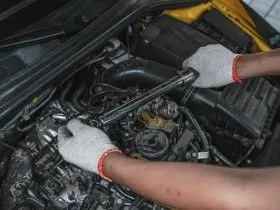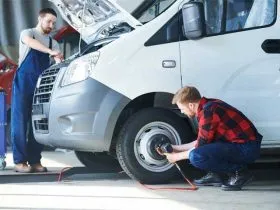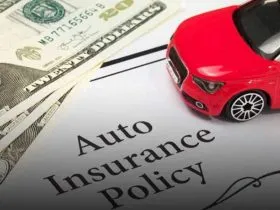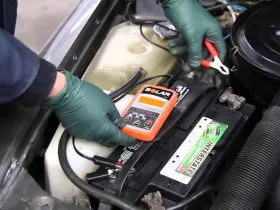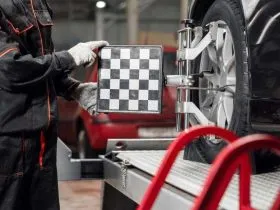Maybe you just bought a new car or you plan on keeping your current car for the long haul. Either way, proper car care is essential to ensuring your car lasts. Between oil changes and engine maintenance there’s always something that needs to be done for proper maintenance and performance of your car. With this guide you’ll be able to get the education and confidence you need to handle all of these things yourself, and save some money in the process.
This guide to DIY car care is broken down into three main sections: how to maintain your car’s engine, essential car maintenance practices, and how to troubleshoot problems with your car.
Maintaining Your Car’s Engine
It’s important to understand that keeping your car’s engine in good condition is essential for its performance and longevity. Here are some of the basics that will help keep your engine healthy:
- Check the oil level regularly and replace as necessary.
- Change the air filter every 12,000 miles.
- Check tires for proper inflation every month.
- Check your spark plugs and replace or clean as necessary.
- Check for coolant leaks and repair any problems with hoses, gaskets or other components as necessary.
- Have your cooling system flushed every two years.
Essential Car Maintenance Practices
This list of essential car maintenance practices is designed to help you take care of your car’s basic needs:
- Check and replace wiper blades as necessary.
- Check the brake system regularly for signs of wear and replace pads or rotors as necessary.
- Check the lights and bulbs on your car and replace any that are burned out.
- Have your brakes inspected every six months or 10,000 miles, whichever comes first.
- Have your alignment checked yearly.
- Check belts and hoses for signs of wear or cracking and replace as necessary.
- Get an oil and filter change every 3,000 miles.
Troubleshooting Problems With Your Car
It’s helpful to know how to troubleshoot problems with your car so you can quickly diagnose and fix any issues that arise. Here are some tips for troubleshooting car problems:
- Check the fuel system for clogs or dirty fuel.
- Check all of the connections to ensure they’re properly tightened and sealed.
- Listen for strange noises or vibrations that could indicate a problem.
- Check the pressure of your car’s tires.
- If you notice any leaks, take your car to a mechanic for repair.
- If your car’s battery doesn’t seem to be working, check the connections for corrosion or damage.
With this guide you now know how to take proper care of your car’s engine, practice routine maintenance, and diagnose and troubleshoot any car problems. Taking care of these things yourself can save you money in the long run and ensures your car will stay healthy and running for years to come.










